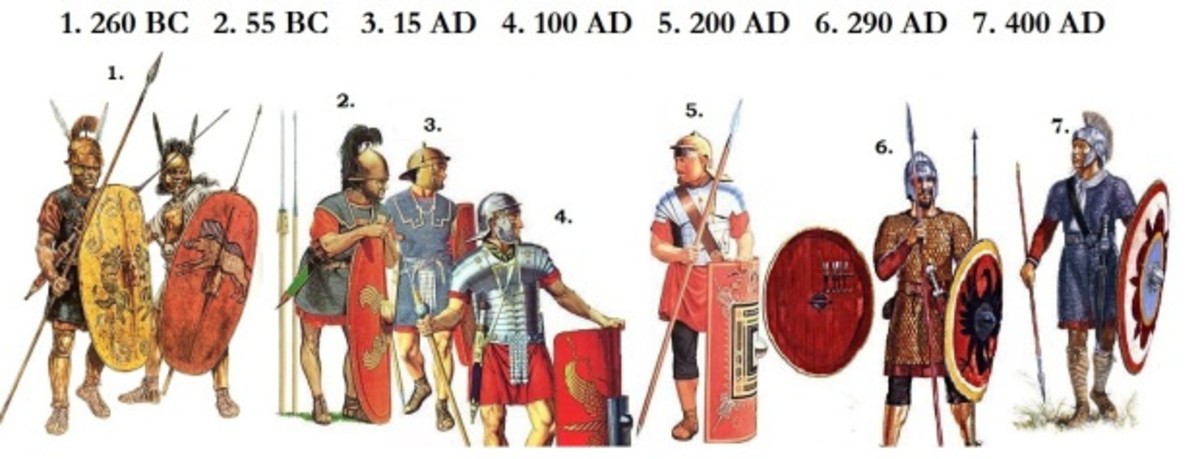Agriculture as the Greatest Advancement in Human Civilisation: Some Critical Landmarks in the Quest of Food Security
Agriculture has shaped the human civilisations in many ways. In ancient times it provided for almost all forms of human wants. Now it provides us food and a wide network of support system for industrial development through raw materials and other resources. Although, it has lost its due attention for the diversion of focus on various other things, still it occupies a central space in terms of provisions for the most vital part of our life requirements; i.e. food. Historical accounts show that agriculture (growing one’s own food became a practice in the 9th millennium before Christ. Although, probably animal husbandry started much earlier, tilling for food evolved at some points in time around 9000 before Christ.
What follows is a chronological account of major advances in the field of agriculture in the history of human civilisations.
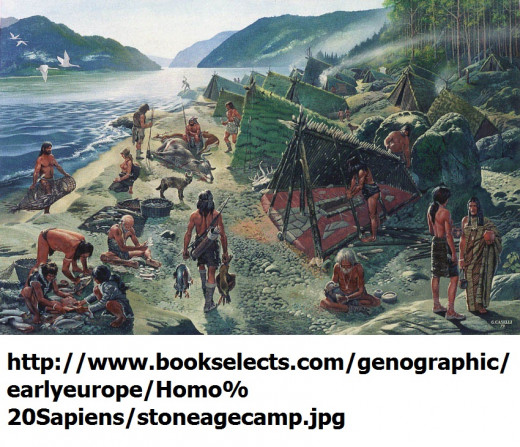
It all began with domestication of animals
It might have happened like this. Human beings living a life of hunter gatherers might have started domesticating animals like dogs to help them chasing their prey and guard their caves at night against wild animals. But with growing population, increasing insecurity in terms of availability of catch and increased pressure on jungle where human beings habituated naturally along with other animals, they might have started domesticating other animals for meat and other purposes. With the concern for protecting their domestic animals from wild cats and to help them grow faster with availability of sufficient fodder and water, they might have moved near the banks of rivers. As per our chronology is concerned, all these might have happened before 10000 BC. It is believed that by 10000BC, people in Europe had started domesticating dogs as a necessary support to their nomadic life. Genetic and archaeological evidences through DNA testing of test of a dog’s remains of Palaeolithic age suggest that probably domestication of dogs was started around 33000 years ago. Dogs were kept as animals for service or beasts of burden, guard dogs and for food purposes. Some literature also suggests that domestication of a species of wolf (canes lupus) was the origin of domestication of dogs (Vila et.al; 1997). Some animals like horses, donkeys and camels etc. were used as mount animals or for transportation of goods (Falvey, 1985). Use of harvest animals might have started at a much later stage after people actually started farming.
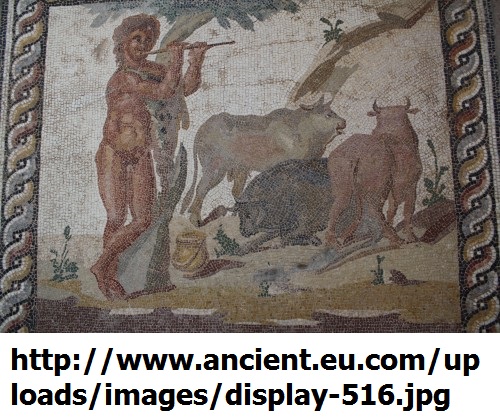
Take this Poll
Is agriculture a viable career option today as it was in earlier days?
The Beginning of Farming
It is believed that farming started at some point between 11000 and 7000 BC in different parts of the world. While hunting animals might have led to domestication of animals for food; gathering grains, fruits and other plant based food items might have led to farming –probably from wild harvesting to crop husbandry. It is believed that farming was started first in the basins of river Nile in North Eastern Africa and Western Asia. Farming along with advances in animal husbandry actually changed the course of mankind in the Neolithic era and is popularly termed today as the “Neolithic Revolution”. Graeme Barker in his book “The Agricultural Revolution in Prehistory: Why did Foragers become Farmers?” give an interesting account of the driving forces behind ‘Neolithic Revolution’. For the first time in their existence, human beings experienced want may be called as a food surplus and learnt the techniques of propagation of plants and animals in the natural way through observing the dynamics of nature. By about 10000 BC, wheat and barley were being cultivated in Asia along with domestication of small food animals like sheep and goats.
In the American continent, grain agriculture came at a much later stage; probably during 7000 BC and 3000 BC. However, there were mostly non-grain agriculture, primarily for the purpose of fodder for meat production and non-grain food types. By around 1000 BC, agricultural techniques and cropping patterns across the globe were almost harmonised and nations specialised in crops in which they enjoyed a natural advantage of production.
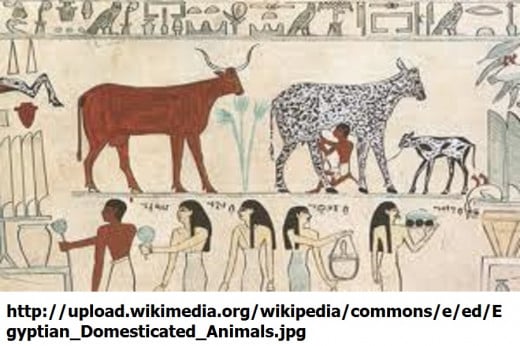
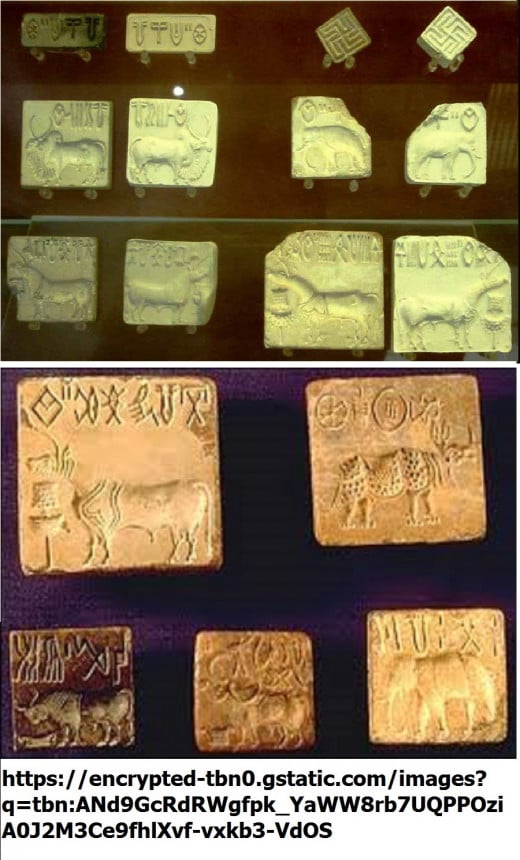
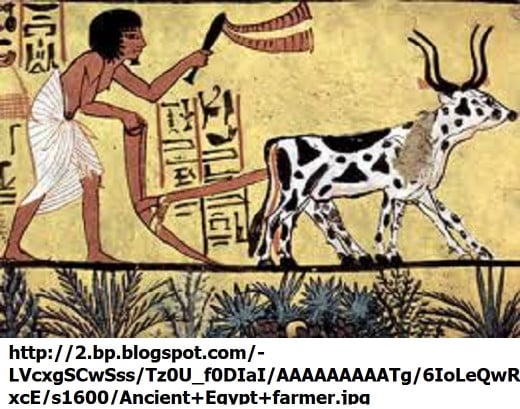
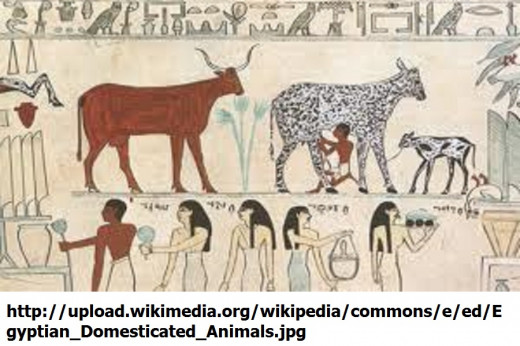
Glossary of Terms
Palaeolithic age: Pre Historic age
Beast of Burden: Working animal or animals used as workers in different economic activities
Neolithic Revolution: The agricultural revolution in neolithic age
References:
A Chronological Account of major Agricultural Advances in the Evolution of Mankind
Vila C, Savolainen P, Maldonado JE, Amorim IR, Rice JE, et al. (1997) Multiple and ancient origins of the domestic dog" Science 276: 1687–1689.
Falvey, John Lindsay (1985). Introduction to Working Animals. Melbourne, Australia: MPW Australia.
Graeme Barker (25 March 2009). The Agricultural Revolution in Prehistory: Why did Foragers become Farmers?. Oxford University Press.





